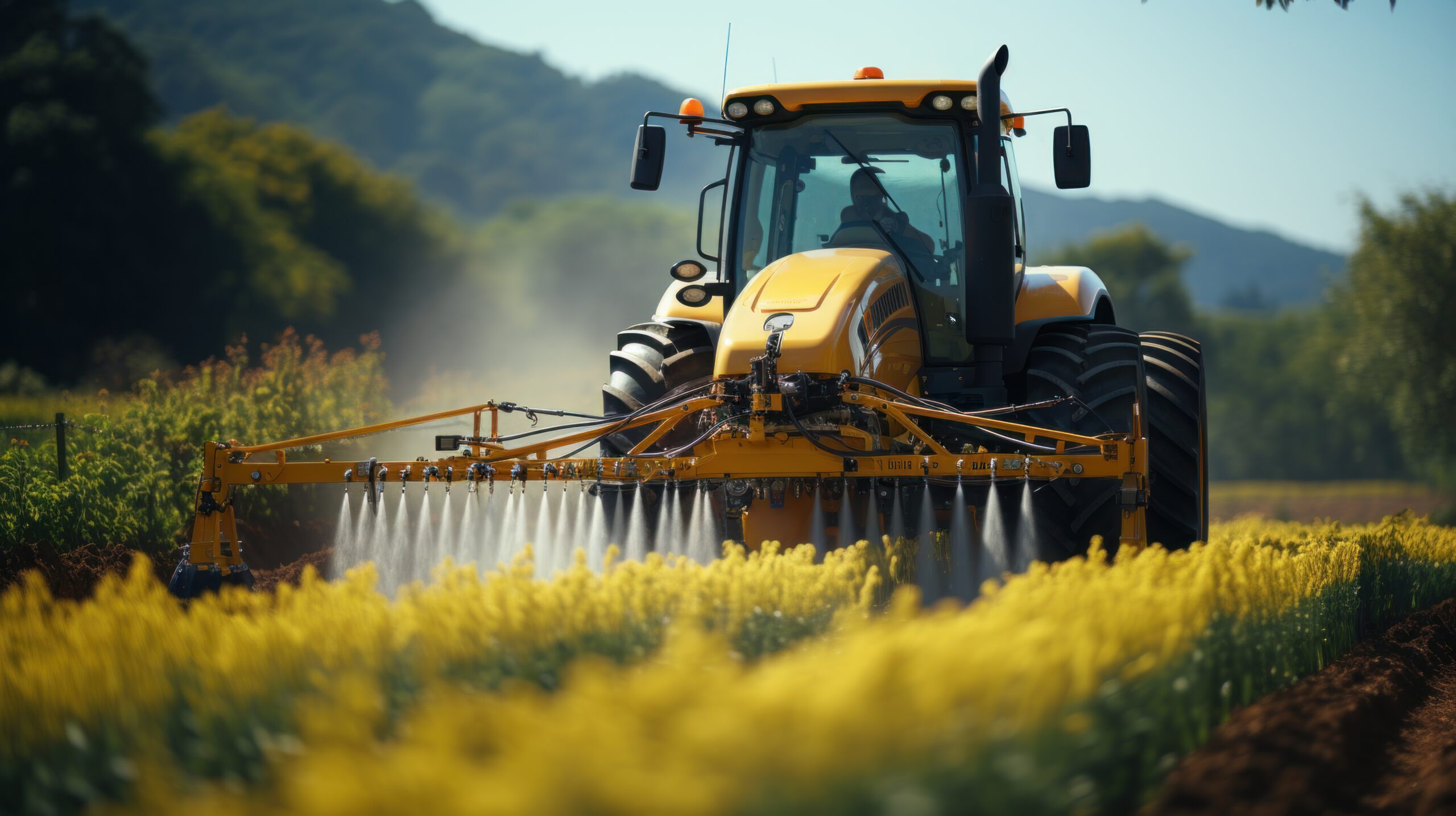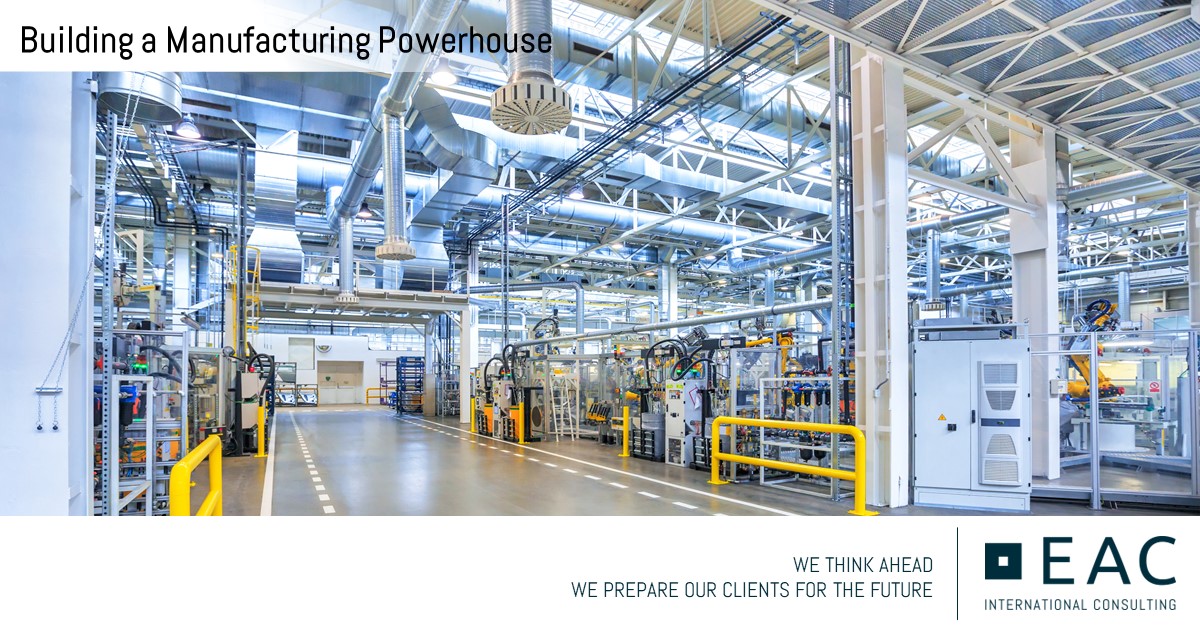Indian Solid Waste Management Industry needs Technology Push
Solid waste generation and key concerns in India
Increase in urbanization and per capita income has significantly led to a rise in municipal solid waste generation in India. Overall solid waste generation in the country can be estimated at 152 million tons per annum, wherein EAC estimates construction & solid waste at 175 million tons accounting for 61% of the total waste generated. Municipal solid waste contributes 31% to the total waste with 90 million tons, and the rest contributed by four other segments including Plastic waste (9.5 mio TPA), Hazardous waste (8.0 mio TPA), Electronic waste (4.0 mio TPA) and Bio-medical waste (0.2 mio TPA).
Waste generation in India has affected the environment by contamination of arable land through landfills and air by release of toxic gases. It is also impacting the health and safety of citizens - 50% of waste pickers/ waste workers suffer from Diarrhoea, Asthma or Bronchitis. About 76% of electronic-waste workers in India suffer from respiratory ailments like breathing difficulties, irritation, coughing and choking due to improper safeguards at dismantling workshop - Many of these workers are children and they become incapable of working by the time they reach 35 to 40 years of age.
Out of the total 90 million tons of municipal solid waste generated, 82% is being collected and the remaining 18% is littered; overall 23% is being treated and disposed – meaning a major part is disposed off unscientifically in open dumps and landfills. Electronic waste and plastic waste have contributed a large amount to the total waste stream in recent years. The use of domestic hazardous waste and bio-medical waste shot up during COVID-19 pandemic. Improper and unscientific disposal of these wastes can be hazardous for human life and the environment.

Key Challenges in Waste Management & Opportunities for Digital Technologies
- Quality of input waste: Limited know-how at Urban local Bodies/ Municipal authorities with regards to waste collection and segregation
- Quality of output: Presence of silica, moisture content and other corrosive materials impacting productivity of boiler
- Issues with Emissions/effluent handling: Inefficient handling of air emissions, fly ash and waste
- High moisture content in waste: Not suitable for burning –additional fuel resulting in high operational cost
- Inconsistency in Refuse-derived fuel’s (RDF) calorific value: Highly variable nature of size, density across regions and seasons
- Difficulties in monitoring implementation of government regulations by key stakeholders
If the industry can find an answer to these challenges, the Indian waste sector will be on a significant upswing supported by rise in PPP models, solutions coming out of India’s start-up ventures, increasing awareness of impact on environment and rapid urbanization backed by apt government thrust for a sustainable ecosystem.
Latest
India’s Agrochemical Sector: Promising Opportunities

Building a Manufacturing Powerhouse: India’s Blueprint for 25% GDP Contribution

ASIAN EXHIBITION INDUSTRY GROWTH IS HERE, BUT SHOULD YOU GO THE ORGANIC/ INORGANIC ROUTE?

Renewable Energy Vision and Manufacturing Excellence in India


